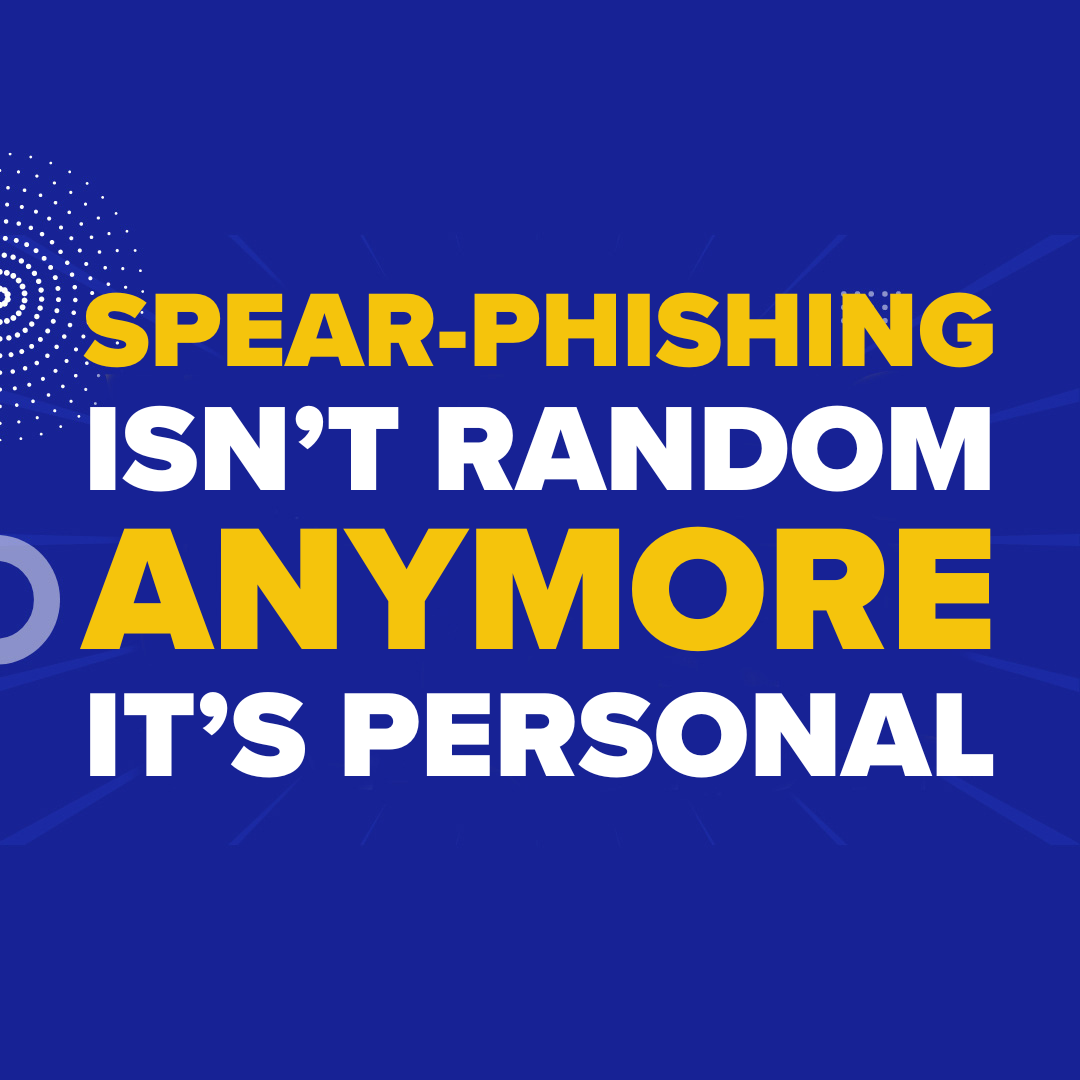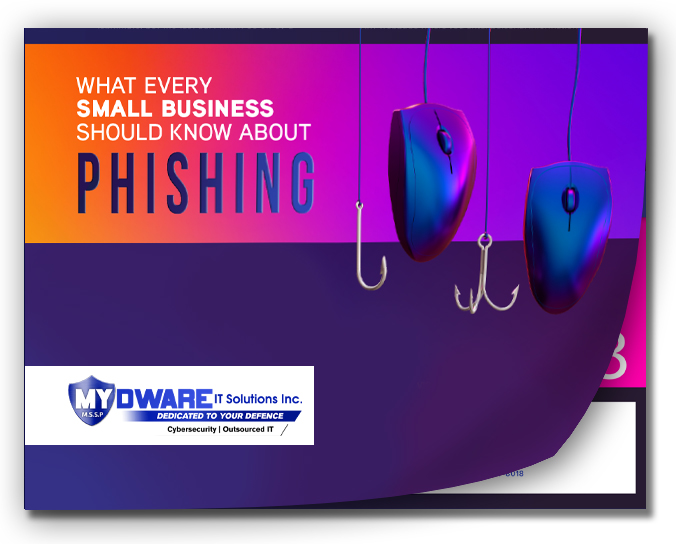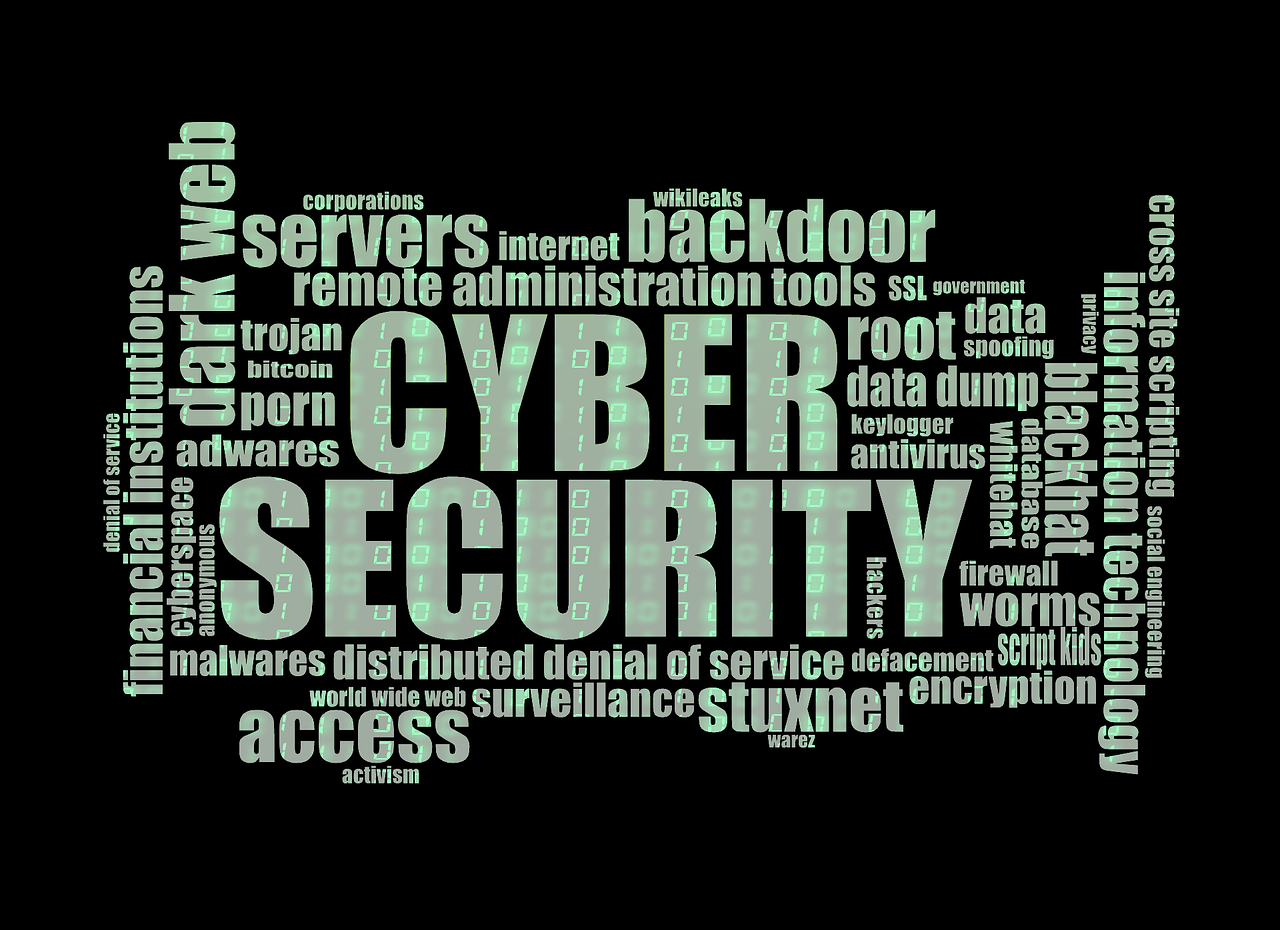 If you think phishing scams are easy to spot in 2025, think again. There’s been a 30% spike in AI-enhanced spear-phishing attacks in Canada—and small businesses are now prime targets. These aren’t your average “you’ve won a gift card” emails. They’re personalized, convincing, and built with AI that mimics real executives using deepfake text and even cloned voices.
If you think phishing scams are easy to spot in 2025, think again. There’s been a 30% spike in AI-enhanced spear-phishing attacks in Canada—and small businesses are now prime targets. These aren’t your average “you’ve won a gift card” emails. They’re personalized, convincing, and built with AI that mimics real executives using deepfake text and even cloned voices.
AI has made social engineering smarter and scarier. If you’re not already checking your security stack for weaknesses, now’s the time. Book a FREE cybersecurity risk assessment to see how well your current setup holds up against these evolving threats.
What Makes AI-Powered Spear-Phishing So Dangerous for SMBs
Spear-phishing isn’t about casting a wide net—it’s about precision attacks on specific individuals. And AI just gave attackers a massive upgrade. Now, hackers can craft emails or voicemails that sound exactly like your CEO or finance director. Using publicly available data, they can mimic tone, vocabulary, and even speech patterns to make fake requests look and feel real.
These scams are getting through because they’re tailored to your team. They're not riddled with typos. They're not obviously fake. And that’s why your standard spam filter won’t catch them.
Still relying on aging systems to protect your business? You might want to revisit the most common outdated tech mistake that’s quietly putting SMBs at risk.
How These AI Attacks Work—and Why They’re So Effective
Understanding how attackers are pulling this off is key to preventing it. AI lets them scale up precision attacks and bypass traditional defences faster than ever.
1. Deepfake Audio for Fake Calls
Hackers use AI to generate realistic voice messages that sound like someone on your leadership team.
Imagine your accountant getting a voicemail that sounds like you asking for an urgent wire transfer.
2. Customized Emails That Feel Legit
Emails aren’t generic anymore—they’re written with AI to match your writing style.
They’ll reference real projects, real people, and even real timelines. It’s not a typo-filled mess—it’s a believable message that feels authentic.
3. Social Engineering Through Public Info
Attackers use LinkedIn and social platforms to study your team and plan targeted attacks. It doesn’t take much to build a convincing message when your org chart is public and your team’s roles are online.
Want to teach your staff how to spot threats before they click? Here’s how to instantly recognize phishing scams before they blow up your business.
And if your internal IT team is stretched thin, this is where co-managed IT support becomes a must-have instead of a nice-to-have.
Don’t Wait Until It’s Too Late to Stop a Personalized Attack
Traditional phishing is messy and obvious. AI-powered spear-phishing is the exact opposite—subtle, strategic, and incredibly convincing. You can’t defend against it with outdated filters or once-a-year training. You need real-time protection, smarter tools, and a human-aware team.
If you’re not confident your defences are ready for AI-enhanced cyberattacks, book a FREE cybersecurity risk assessment today. Let’s lock it down before your name ends up in a spear-phisher’s next deepfake draft.
Darryl Cresswell
CEO & President
MYDWARE IT Solutions Inc.




